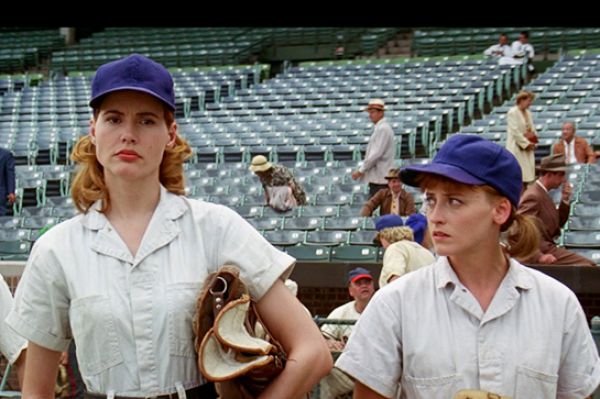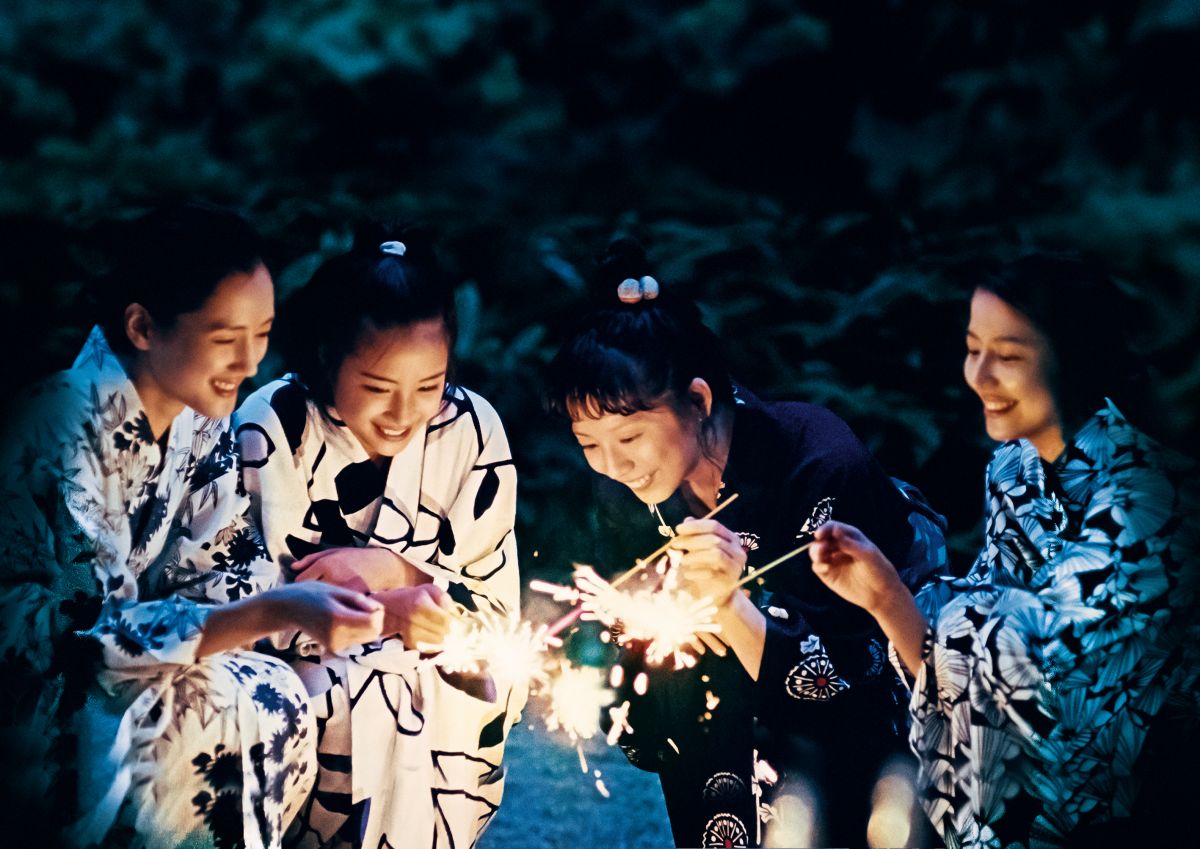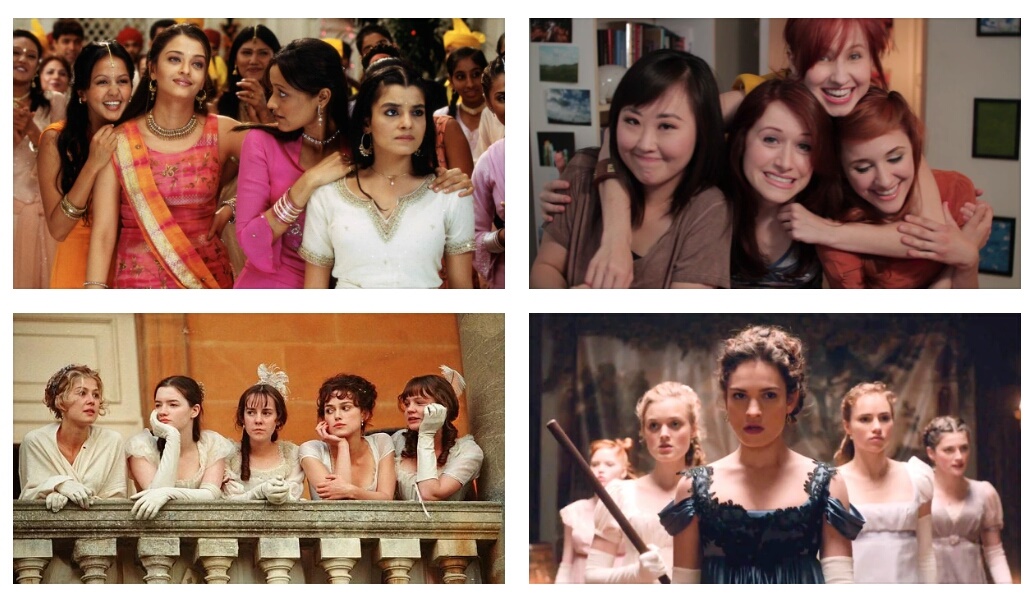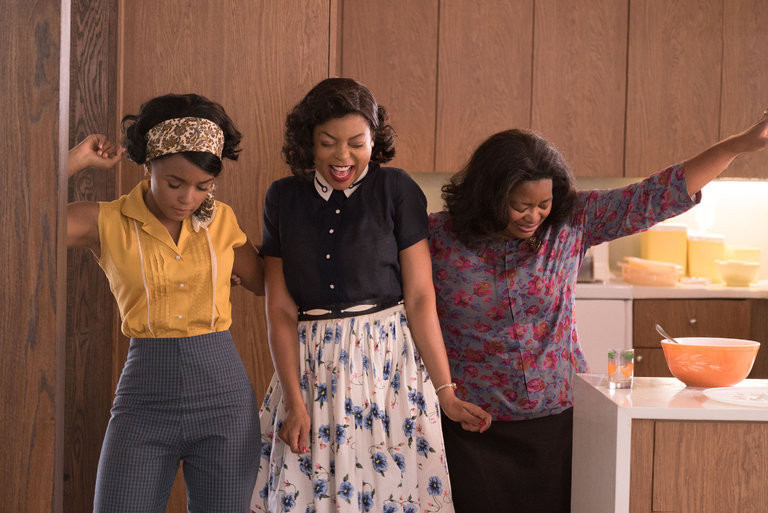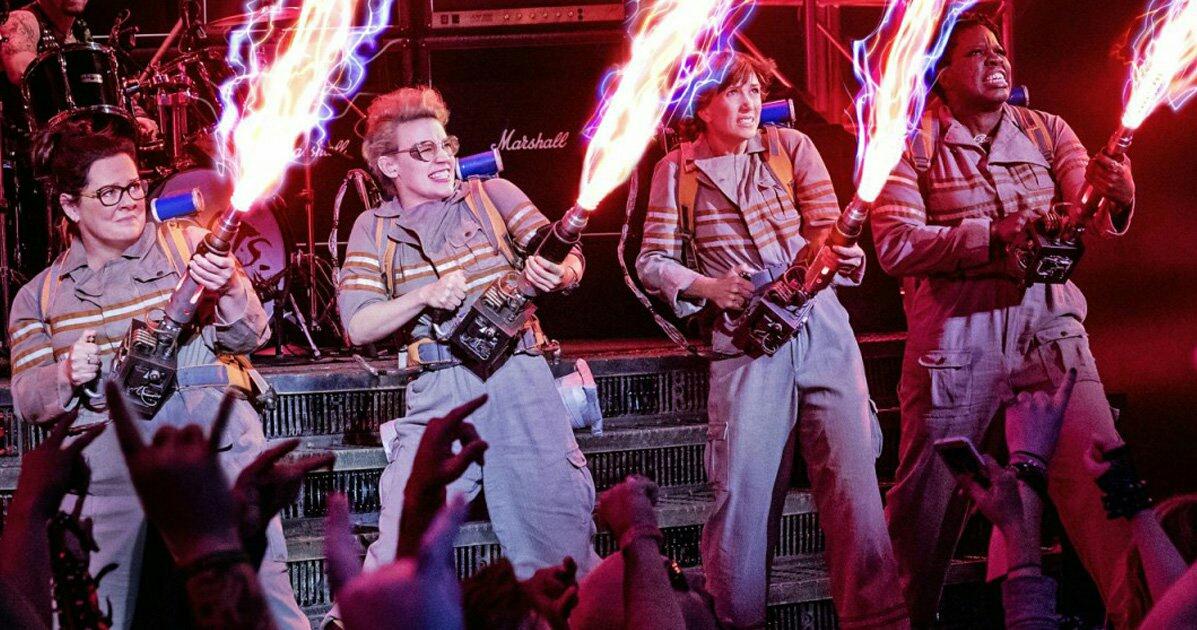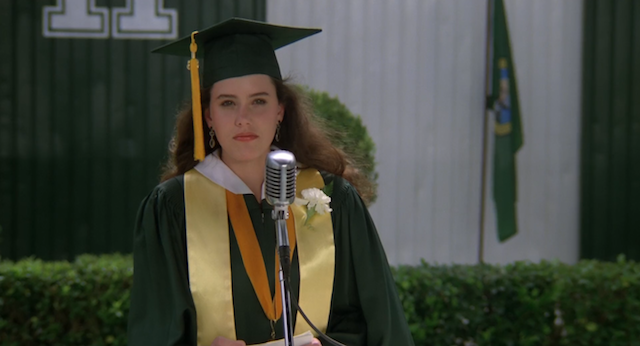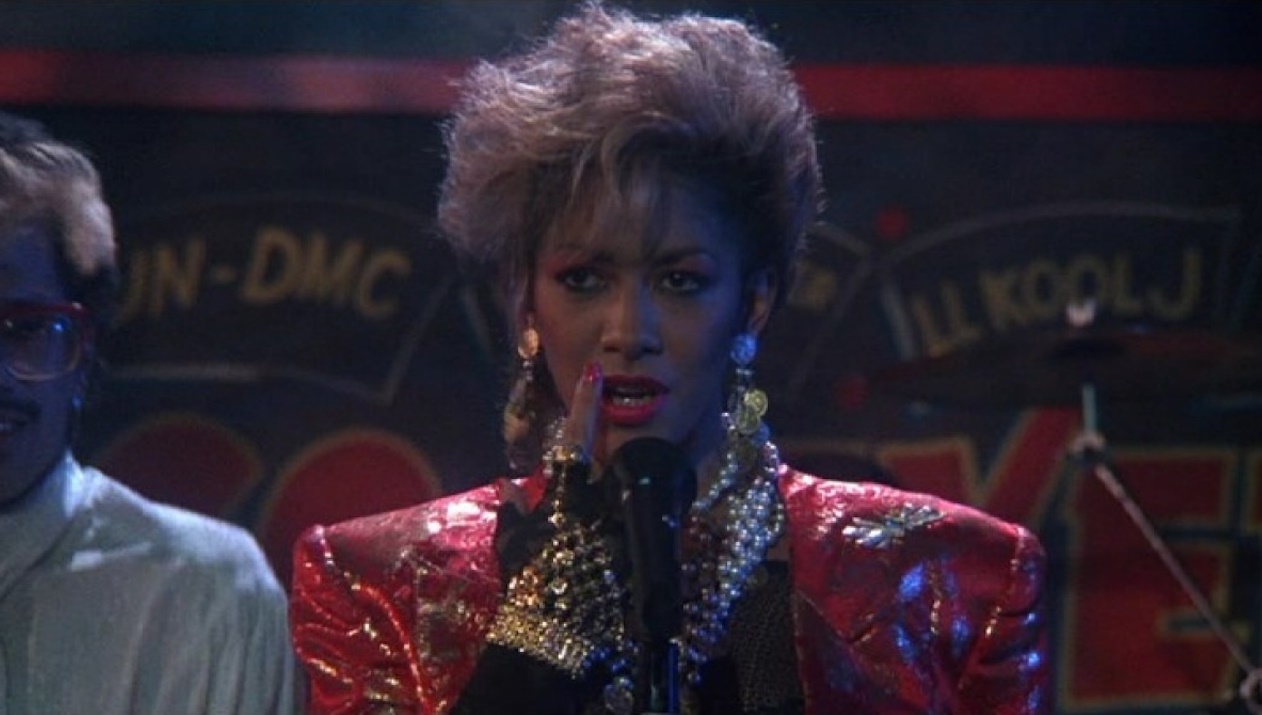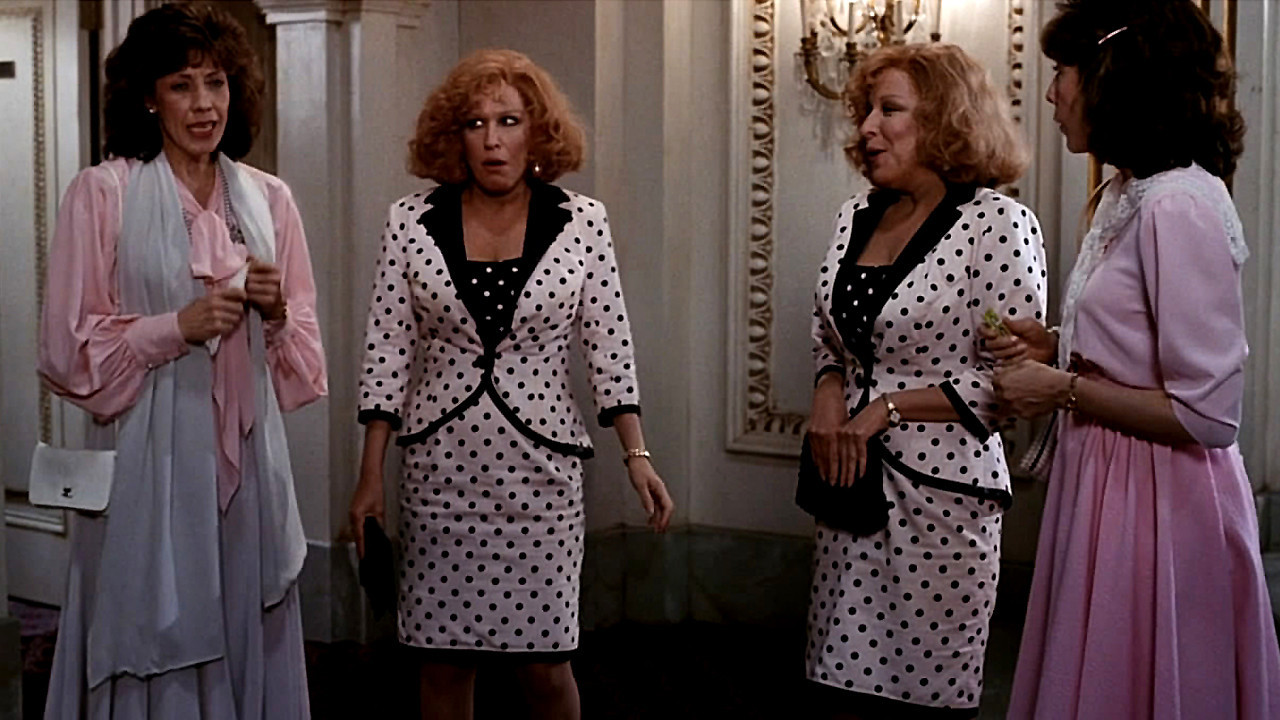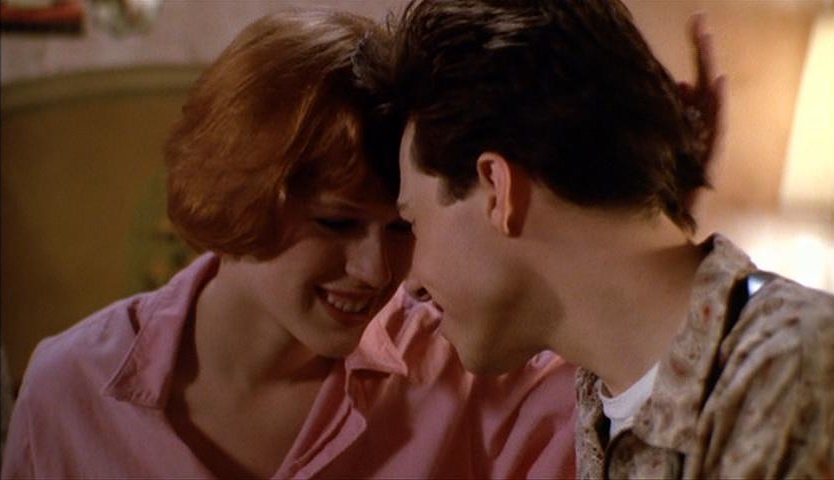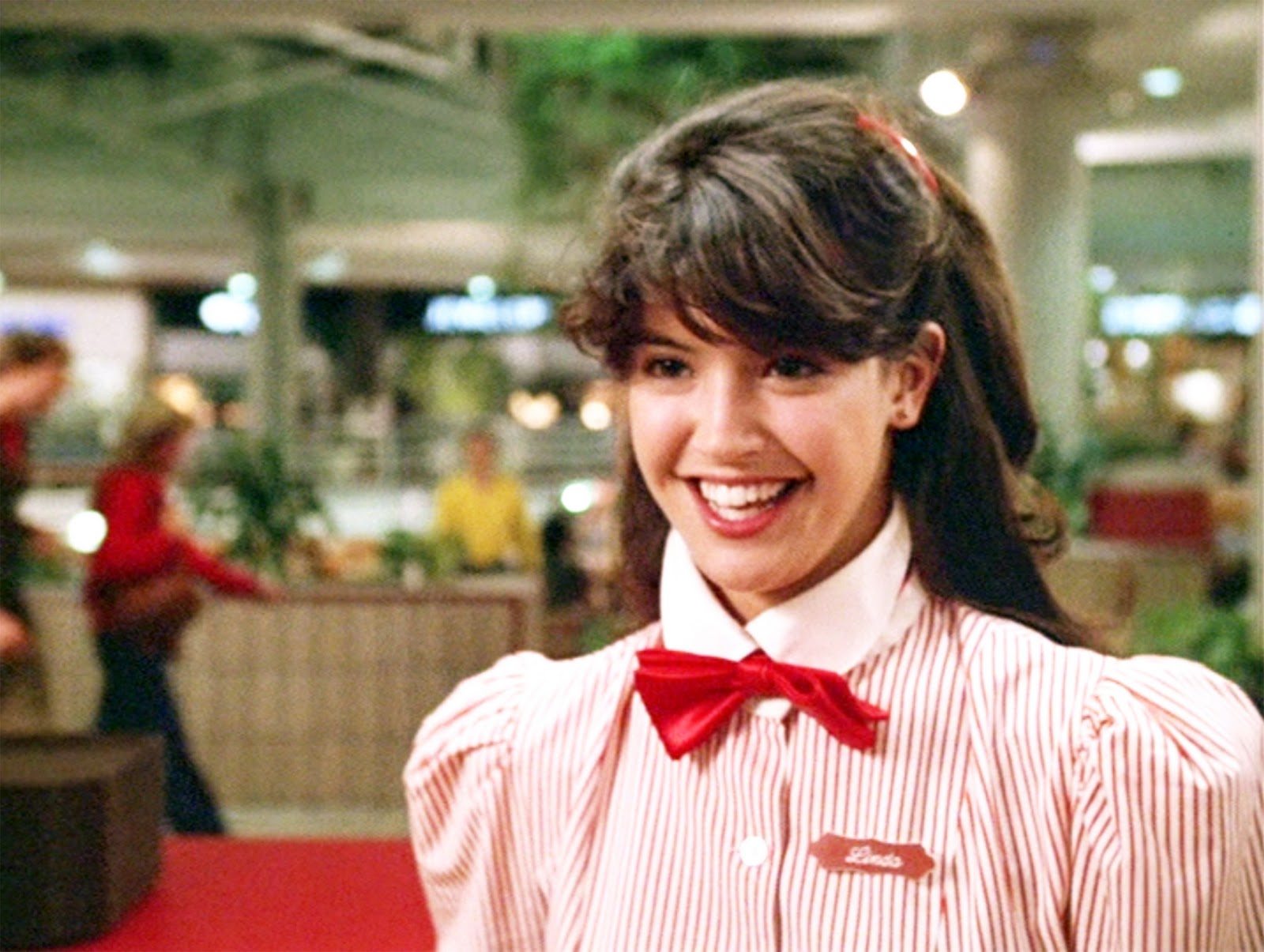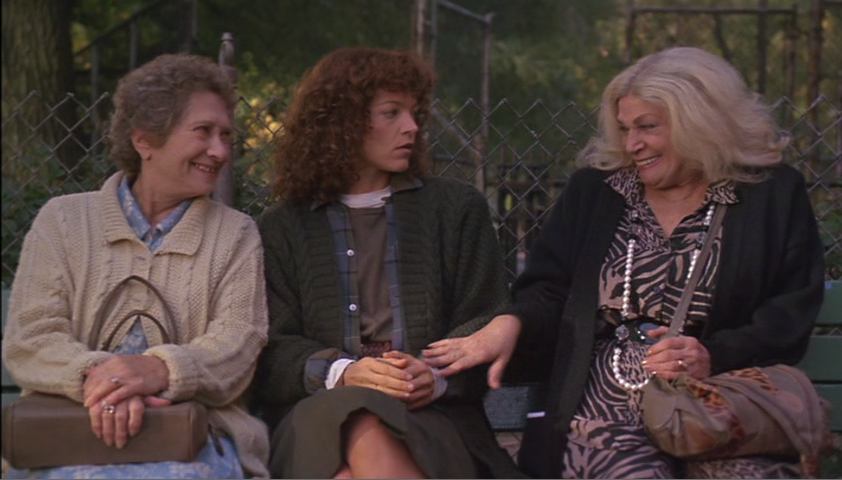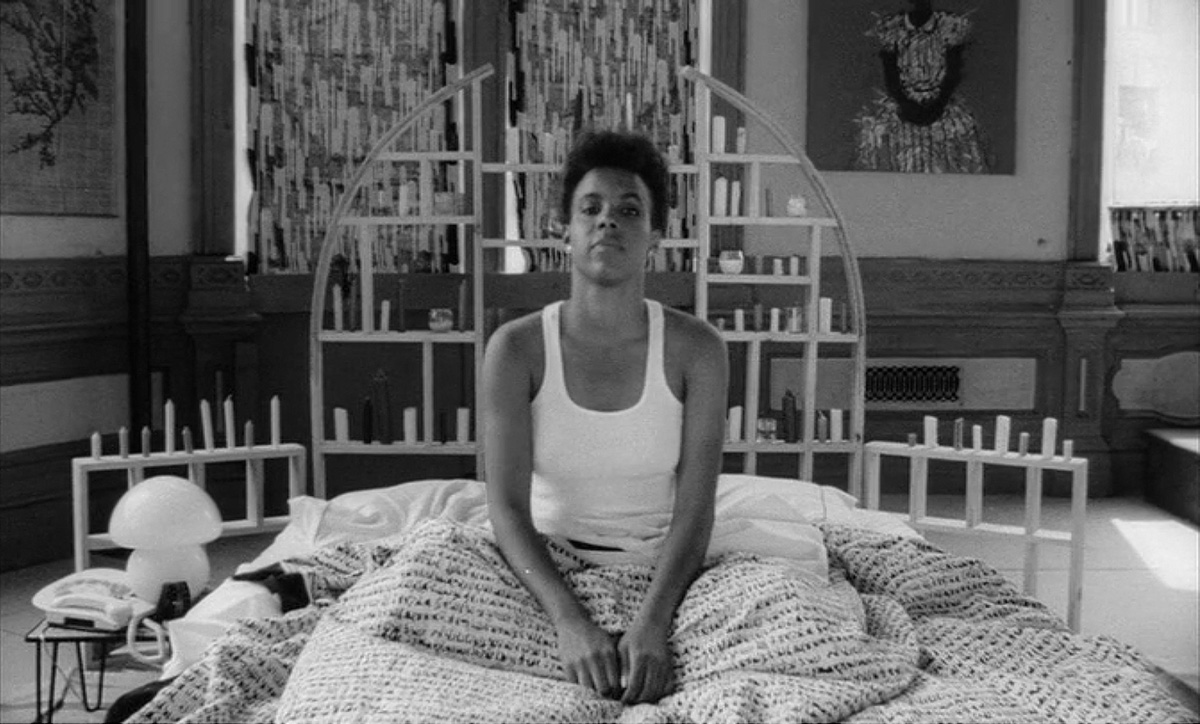This guest post written by Jessica Quiroli appears as part of our theme week on Sisterhood.
It only takes a few minutes into A League of Their Own that we learn what drives the Keller sisters, Dottie and Kit, as individuals. Their competitive nature is a motivation to be the best, even in the smallest ways, like racing home to see who can run faster. It’s obvious that Dottie (Geena Davis) always seems to have one up on Kit (Lori Petty), which sets up the relentless struggle of the spirited Kit who wants, finally, to be better than Dottie. It’s immediately clear they genuinely love each other and are devoted to family, and Dottie (now Hinson) to her husband Bob. When a scout comes calling, it’s obvious that they’ve always played the game, and he considers Dottie the bigger talent. But Kit is the driven one, filled with an intense desire to play, and not just to compete, but to win.
The bond between the sisters is at the heart of the wartime baseball movie, directed by Penny Marshall, and it serves as the energetic force in many key scenes. There are many female-bonding movies, but this is a rare one that passes the Bechdel Test with flying colors. There are few sports movies focused on women, and none like this. Add to that the driving theme of sisterhood, both forged and biological, and it makes for a complex and emotional ride.
There are a lot of themes at work here. World War II created a lack of spirit in the U.S., with many of the men who once played sports serving their country overseas. Based on the real All-American Girls Professional Ball-League, the film shows the unfolding drama of the Rockford Peaches: women learning to be professional ball players and prove that they’re perfectly capable of playing the game, mixed with the fear of losing their husbands, which throbs beneath the surface every moment.
When scout Ernie Capadino (Jon Lovitz at his acerbic best) finds them on the farm, there’s something striking about the parallels to other jobs in sports; slots are few, so women must battle harder, and, hopefully, uplift each other along the way. Dottie wants to help her sister succeed and does what she can to make sure she too has a slot. Kit’s opportunity is a hard-fought chance, something any woman in any area of sports can relate to. In 2012, A League of Their Own was selected for preservation in the United States National Film Registry by the Library of Congress for being “culturally, historically or aesthetically significant.”
The theme of overcoming barriers and refusing to settle is threaded throughout the stories of some of the single women, like Doris Murphy, portrayed so beautifully nuanced by Rosie O’Donnell in one of the most tender, throat-tightening moments (at least for me). She quietly tells her teammates on the team bus about her boyfriend who treats her poorly. She explains that she stays with him because, “They always made me feel I was wrong, you know? Like I was some sort of weird girl… I believed them too. Not anymore. There’s a lot of us. I think we’re all alright.” In a moment of inspired strength, surrounded by support, she tears up his photo and throws the pieces out the window.
Similarly, Megan Cavanagh, in one of the more memorable roles, has a heart-wrenching scene with her father, as he sends her off at the train station. Her character embodies the constant struggle women, particularly those in sports, endure as “tomboys” (let’s ban that word). As women we’re judged first by appearance, and judgments hold even after we’ve proven our ability. Marla plays through taunts from fans, and being openly mocked in a team introductory video. In these days of social media, women athletes are subject to that verbal abuse every day at an overwhelming level. Hooch, like any female athlete, just keeps on playing.

Everything always comes back to Dottie and Kit’s push-pull relationship. Dottie’s quiet leadership guides the team, while Kit’s frenetic nature pops in almost every moment she’s on-screen. On the field, their teammate relationship is tempered by that leadership. Dottie is asked to be honest about her sister’s limitations when Jimmy Dugan (the unbelievably perfect Tom Hanks) wants to lift Kit for another pitcher. Kit’s explosive anger is a snapshot of the experience of women in sports, today and throughout history. Women, especially in that era, were made to feel small, incapable of physically achieving what men could. In this story, however, Kit’s main adversary isn’t a man with an agenda, but a sister whom she regards as a more capable rival. Dottie’s loving and supportive (she’s the reason they’re on the team after all), but she takes the upper hand when necessary. That pivotal moment in the game embodies the rich, emotional bond of sisterhood.
There are no male heroes in the traditional sense. There’s an equal respect that grows between Dottie and Jimmy. She doesn’t stand down. He stands up. In the scene that is a turning point for Dugan, he and Dottie give competing signs to Hooch. It’s a classic moment, perfectly performed. And, more pointedly, a man and a woman, on equal ground, communicate (argue really) through the language of baseball.
Other characters emerge in their own way and aren’t lost by the central storyline. But how could Madonna ever just blend in? Not here. As Mae Mordabito, she’s the other half of the comedy duo with O’Donnell and, although opposites in a number of areas, their relationship shows what drives the soul of sisterhood. She’s flirtatious and free-spirited, while Doris struggles with self-confidence, but is also good for a scrappy on-field fight. Their loyalty and love for each other shines through, despite personality differences.
Watching A League of Their Own is a meditation of sorts for me as a baseball writer and fan. My heart swells, and my eyes fill, and I feel tremendous pride. I’m moved by the loss, the confusion, and the struggle the women face to keep going and to, eventually, let go. Kit and Dottie are the embodiment not just of sisterhood, but of the true nature of a teammate relationship.
We need these images of women physically competing, motivated by a love of a sport, winning, and the unique bonds of teammates and sisters.
See also at Bitch Flicks: 5 Reasons Why ‘A League of Their Own’ Is “Feminism: The Movie”; We’re All for One, We’re One for All in ‘A League of Their Own’
Jessica Quiroli is a minor league baseball writer for Baseball Prospectus and the creator of Heels on the Field: A MiLB Blog. She’s also written extensively about domestic violence in baseball. She’s a DV survivor. You can follow her on Twitter @heelsonthefield.
